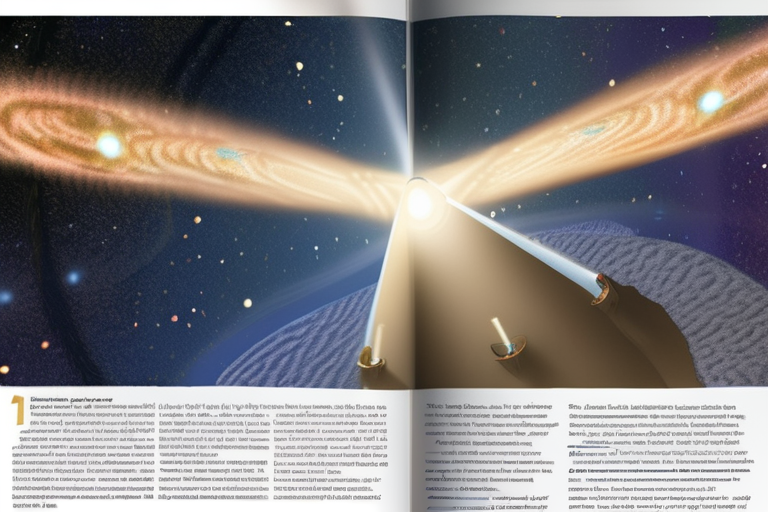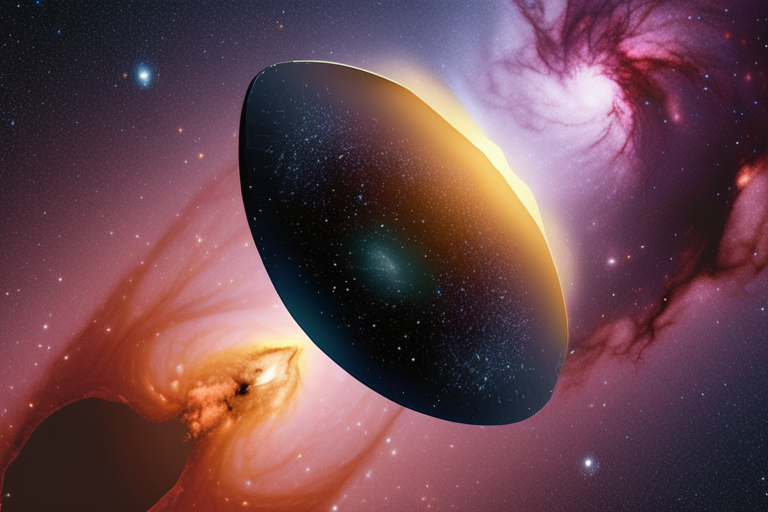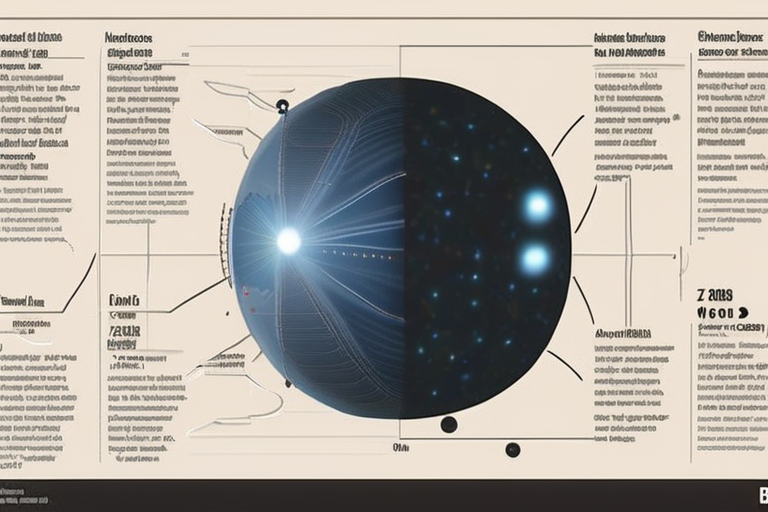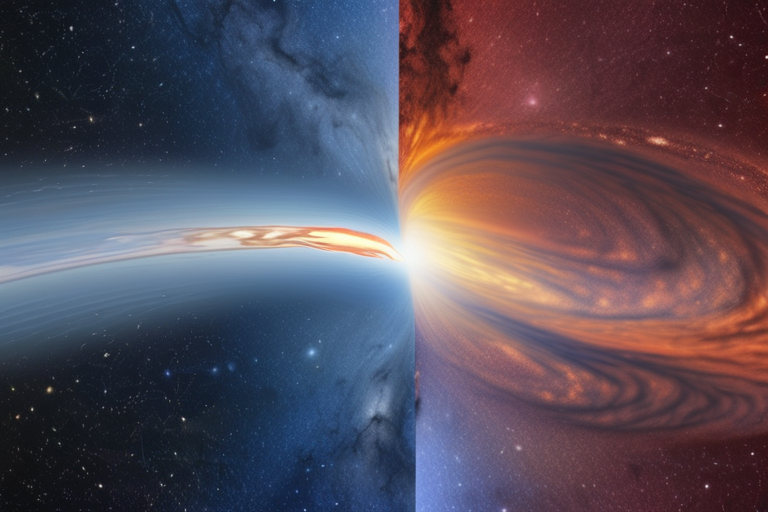Dark Matter Unveiled: Scientists Discover Galaxy Centre Teeming with Mysterious Particles


Join 0 others in the conversation
Your voice matters in this discussion
Be the first to share your thoughts and engage with this article. Your perspective matters!
Discover articles from our community

 Hoppi
Hoppi

 Hoppi
Hoppi

 Hoppi
Hoppi

 Hoppi
Hoppi

 Hoppi
Hoppi

 hoppi
hoppi

JWST Discovery Suggests Universe's First Stars Powered by Dark Matter October 14, 2025 - In a groundbreaking finding, astronomers have …

Hoppi

Galaxies Flung Out Matter Much More Violently Than Thought In a groundbreaking discovery, researchers have found that black holes are …

Hoppi

Scientists Crack 60-Year Cosmic Mystery with Black Hole Breakthrough A team of researchers from Norway's NTNU has made a groundbreaking …

Hoppi

Astronomers Detect Universe's Smallest Dark Object BERLIN, GERMANY - October 12, 2025 (Science News) - A team of scientists from …

Hoppi

JWST May Have Found Universe's First Stars Powered by Dark Matter October 14, 2025 - A groundbreaking discovery made using …

Hoppi

Scientists Crack Long-Standing Mystery of Milky Way's Black Hole A team of researchers has made a groundbreaking discovery in the …

hoppi